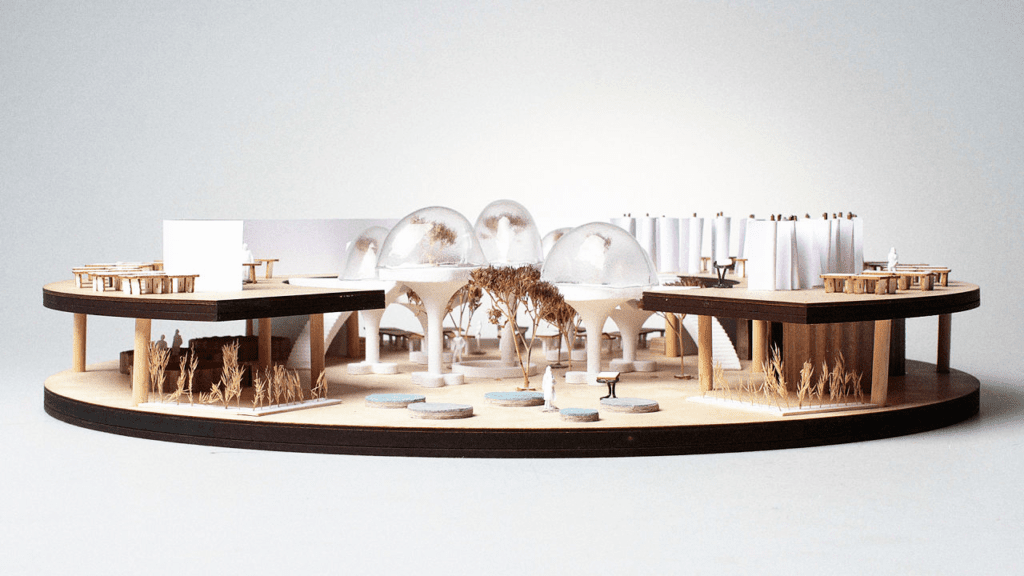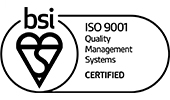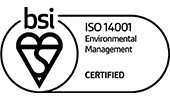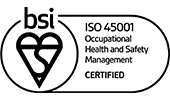A recent survey showed that British office workers spend the equivalent of 5 years of their life sitting behind a desk. This obviously has implications when it comes to exercise and fitness, and we’ve already explored some of the ways that you can keep active in the office. It also highlights the fact that people are now spending as much time in the office as they are at home, if not more.
Two other studies looked at the relationship between productivity and how much time people spend working. The University of Toronto found that working through a lunch break actually lowered productivity. A social networking company used a time-tracking productivity app to monitor the habits of their employees. They found that the most productive members of staff didn’t put in longer hours, or even work full eight-hour days in some cases, but they did take regular breaks. Interestingly, their breaks specifically involved getting away from their desk.

The winner of the 2014 RSA Student Design Awards was an office design that addressed this issue. The space was split into different zones, each designed to support a different type of work. An open space encourages chance encounters, while areas with desks can be sectioned off for concentration as soon as the noise level reaches 75 decibels. Glass pods filled with plants give workers spaces to take regular breaks, away from the work areas. This futuristic approach allows staff to balance their own working day.
The line between work and life can be blurred, like this office in Austria. It was designed specifically with liveability in mind, the intention being to create a space where you’d want to live, that just happened to be where you worked. The office design includes a three-story climbing wall, spaces to relax embedded throughout the office, an on-site gym, a kitchen next to an outdoor terrace, a swimming pool, and even sleeping bunks. A large garden will eventually include donkeys, sheep, chickens, and geese, where employees can take time during work hours and even take produce home.

The alternative is to make the difference even more obvious, like this design studio in Amsterdam. As soon as work stops here, the office disappears into the ceiling! From 6pm onwards it’s strictly ‘no work, all play’ with the space being used for anything from a dance floor to a yoga studio. Rather than tempting employees to stay and work longer, the office design has been created specifically to force an automatic work-life balance.
If there’s a risk that future workers might spend more time in the office, it’s worth looking at how this can either be combated or at least recognised in the layout of the workplace.
Written by Helen Bartlett, Design Manager.
Images courtesy of Fast Co








